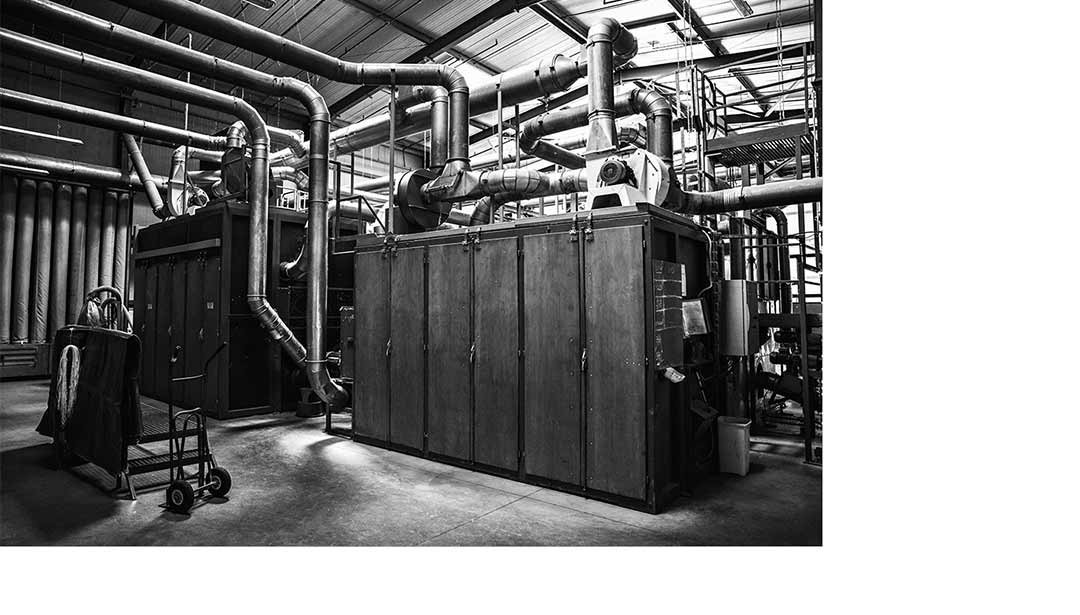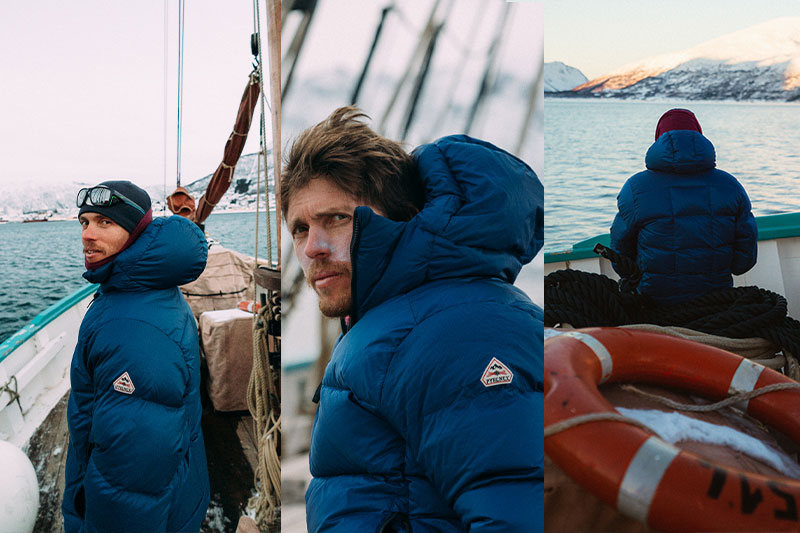Winter materials: the ultimate guide to choosing the best insulating down jacket in winter
Winter materials: the ultimate guide to choosing the best insulating down jacket in winter
As winter approaches, it's important to protect yourself from the cold. Down jackets are a must-have during the winter season, but it's not always easy to find your way around the different options and models on the market. Knowing the benefits of natural versus synthetic down, the main criteria to consider when buying a down jacket, and tips for preserving its insulating qualities can be a good starting point.
Natural or synthetic down insulation?
There are two main categories of down jackets on the market: those filled with natural down (goose or duck) and those stuffed with synthetic fibers.
The natural down down jacket
There are generally two types of natural down: goose down and duck down. Down is an excellent insulator, creating small air pockets that trap heat. Down jackets are renowned for their warmth, lightness and loft. They offer an excellent warmth-to-weight ratio, which means they provide optimum insulation while remaining lightweight.
However, it's important to note that down performance varies according to its quality, measured in cuin (cubic inches). The higher this value, the greater the down's loft and therefore its ability to insulate against the cold. One of the strengths of Pyrenex down jackets is their filling power. While good one is generally considered to be above 500 cuins, Pyrenex's LEGEND down reaches up to 850 cuins for exceptional, unrivalled quality.
What's more, some brands now offer down jackets made from certified recycled down for a more ecological approach.
At Pyrenex, upcycling feathers is at the heart of our know-how. For 160 years, Pyrenex has carried out far-reaching environmental and social actions, rooted in its passion for feathers. By recycling and upgrading a product from local agricultural sectors, the company is committed to a process of sustainable development and circular economy, ennobling what would otherwise be considered waste.
The synthetic down jacket
Synthetic down jackets are filled with fine fibers that mimic the insulating properties of natural down. The advantage of these fibers is that they are less sensitive to moisture than down, and retain much of their insulating properties even when wet. What's more, garments using this type of padding are often more affordable.
There are various types of synthetic fibers developed by different brands to offer good thermal insulation while remaining soft and compressible. However, they are generally heavier and less insulating than natural down.
Another important point: synthetic materials, unlike natural fillings, are not biodegradable and have a significant impact on the environment...
Features for buying a quality down jacket
To make sure you choose a down jacket that meets your needs, here are a few things to consider:
1. Thermal insulation: this is undoubtedly the most important criterion to consider when buying a down jacket. The choice of filling has a direct impact on the insulation and quality of the garment.
2. Weight: for outdoor activities, or if you need to carry your down jacket on a regular basis, opt for a lightweight, compressible model. Pyrenex's Pico Down is the lightest down jacket on the market. Popular with alpine sports enthusiasts and professionals alike, this ultra-light down jacket weighs just 169g. It offers optimal comfort during movement without compromising its insulating capabilities.
3. Water resistance: some down jackets feature a water-repellent treatment (DWR) that allows water to bead up and slide off the fabric rather than penetrate it. This is often the case at Pyrenex. We even have down jackets that are 100% waterproof, like a rain parka, like the GRAVITY model.
4. Hood type: choose an adjustable and/or removable hood to suit your needs and weather conditions.
5. Pockets and storage: choose models with zipped pockets to prevent your belongings from falling out, and to protect your hands from the cold. Our Outdoor range is specially designed for outdoor sports enthusiasts. When you buy your down jacket, you'll find a storage pocket included.
6. Style: choose a design that matches your personal tastes and the occasions when you'll be wearing the down jacket (daily use, hiking, winter sports...).
Care and preservation of insulating qualities
To keep your down jacket clean and efficient, it's essential to follow a few key maintenance steps:
1. Avoid washing your down jacket too frequently: machine washing can damage the insulating materials. Wash only when necessary, following the recommendations on the label.
2. Dry your down jacket properly after washing: whether it's made from natural down or synthetic fibers, be sure to dry your down jacket thoroughly. It's best to place it in a tumble dryer with tennis balls to help distribute the filling evenly.
3. Air your down jacket regularly: this helps to maintain its loft and eliminate body odors.
And don't compress it for long periods: this could impair its insulating capacity. With these tips in mind, you're now ready to choose the ideal down jacket that will stand up to winter's cold and provide the comfort you need.




